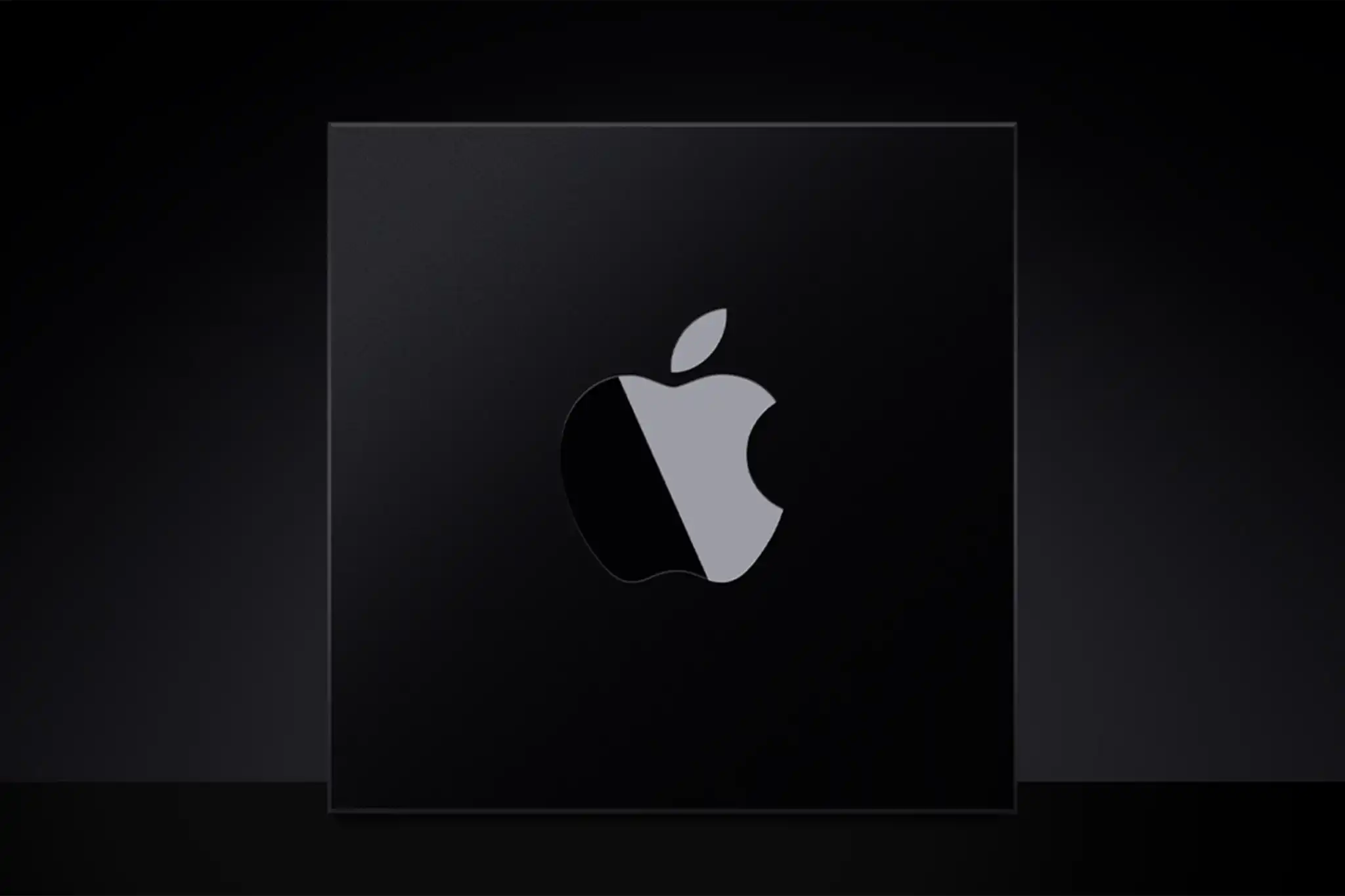We warmly want to thank FSP Group for their CES sponsorship.
The introduction of Apple’s M4 chip in late 2024 marks a turning point for the Mac. The Mac lineup feels truly unified under the Apple silicon banner for the first time. Over four years ago, Apple set out to move away from Intel processors, a transition many thought daunting. Today, that transition is not only complete but thriving, positioning the Mac for an exciting future.
From Intel to Apple Silicon: A New Era
In 2020, Apple launched the M1 chip during the pandemic, which disrupted production schedules and left buyers uncertain about the best time to upgrade. Despite these challenges, the M1 exceeded expectations with its incredible performance and efficiency. However, for many Mac users—known for holding onto their devices for years—the timing wasn’t right to ditch their Intel machines. Fast-forward to 2025, and the release of the M4 changes the narrative. The M4 closes the performance gap and creates one so vast that Intel Macs now feel like relics of a bygone era. Benchmarks comparing the M4 to Intel’s Core i7 processors from 2020 reveal a near twofold performance advantage, all while consuming less power and generating less heat.
The Perks of the M4 Chip
Apple’s M4 chip doesn’t just deliver speed—it brings meaningful upgrades across the board.
- Unified Memory Boost: For the first time, 16GB of unified memory is standard across entry-level Macs, doubling the previous base configuration. This change enhances performance, ensures future compatibility, and supports new AI-driven features without increasing prices.
- Efficiency Redefined: The M4’s power efficiency results in quieter desktops and longer battery life for MacBooks. The transition no longer feels like a risk for Intel holdouts but a clear upgrade.
- Design Evolution: The Apple silicon era has also allowed more innovative hardware designs. Models like the slim iMac and updated MacBooks showcase how Apple can integrate custom chips with cutting-edge aesthetics, creating futuristic and practical devices.
Software Compatibility: Problem Solved
One of Apple’s most significant hurdles in transitioning to its silicon was ensuring app compatibility. Initially, the Rosetta 2 emulator bridged the gap by allowing Intel-based apps to run seamlessly on Apple silicon. Four years later, most developers have fully embraced Apple silicon, optimizing their software for maximum performance. The apps that haven’t jumped are often from developers who’ve abandoned the platform altogether—making way for better alternatives.
The Future of Mac Innovation
With the transition officially complete, Apple can focus on pushing the Mac further. The M4 is just the start. The M5 chip, expected in late 2025, promises another significant leap in performance—likely a 15–25% improvement. But the chips are only part of the story.
Apple is now in a position to explore enhancements like:
- OLED Displays: Brighter, more vibrant screens could soon reach MacBooks.
- Cellular Connectivity: Macs may soon join the iPhone and iPad in offering always-on internet access.
- AI Integration: With Apple Intelligence (the company’s answer to AI) rising, future Macs could feature more innovative tools for productivity and creativity.
The Mac’s Future
The M4 chip is more than a technological milestone—it’s a declaration that the Mac is ready to move forward. The last remnants of the Intel era have been swept away, and with them, any lingering doubts about Apple silicon’s capabilities.
Source:macworld.com


